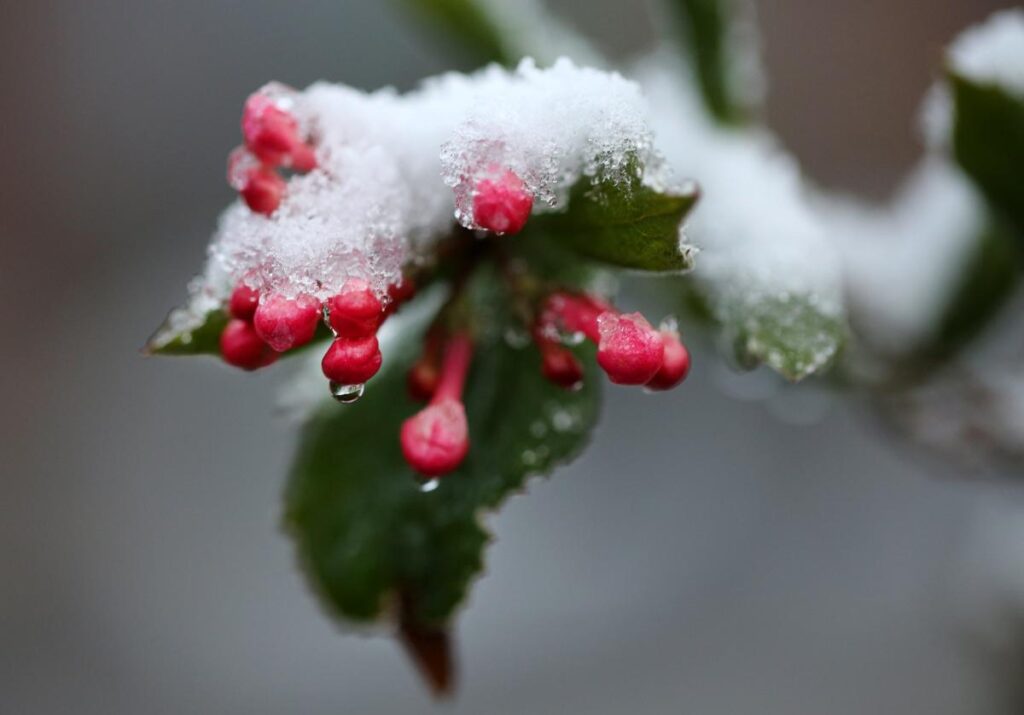The Enquirer’s Just Askin’ series addresses questions that often go unanswered, shedding light on topics that intrigue readers, particularly regarding Ohio’s notoriously unpredictable weather. This unpredictability remains a recurring disappointment for Cincinnatians who eagerly anticipate a picturesque white Christmas each year. As winter approaches, the Old Farmer’s Almanac has released its long-term forecast for Cincinnati, predicting a colder-than-normal winter. According to this forecast, the city can expect the snowiest conditions during specific periods: late December, late January to early February, late February, and mid-March. This prediction heightens curiosity about when exactly snowfall will arrive in Cincinnati and what winter 2024-25 may hold in store.
While there is significant anticipation surrounding future snowfall, an exploration of Cincinnati’s past Christmases reveals a rich history of weather patterns. Notably, the city has experienced various degrees of snowfall on December 25th, with records maintained by the National Weather Service dating back to 1878. It classifies snow accumulation into two main categories: daily snowfall and snow depth, the latter indicating how much snow has remained on the ground over time. This distinction provides valuable insights into the nature of snowfall during the holiday season in Cincinnati.
In reviewing historical records, 2004 stands out as the year with the highest snow depth on Christmas Day, when an impressive accumulation of nine inches was recorded. This significant depth reflects a snowy winter environment, creating a fitting backdrop for holiday festivities. Additionally, an analysis of snowfall on December 25th reveals that the most snowfall accumulated over a single day occurred in 1909, with 3.7 inches falling within a 24-hour period. These historical measures highlight how past winters have shaped Cincinnati’s reputation as a potential snowy sanctuary during the holiday season.
Further exploring Cincinnati’s coldest Christmas, 1983 remains etched in memory, as temperatures plummeted to a frigid low of minus 12 degrees Fahrenheit. This record emphasizes not only the variability of winter conditions in the region but also the stark reality of extreme weather events that Cincinnati has faced during the holiday season. The data reflects the combination of snowfall and temperature that contributes to the city’s unique winter experience, illustrating that holiday weather is not just about the accumulation of snow but also about the overall cold temperatures residents often endure.
In light of these observations, the ongoing fascination with the winter season and its impact on community traditions is palpable. People in Cincinnati continue to hope for a magical white Christmas, often reminiscing about the more favorable weather of past decades. As 2024 approaches, speculation regarding the possibility of a snowy holiday season arises, alongside an underlying excitement for the imminent winter changes. The local populace remains engaged in the cyclical nature of seasonal changes, further entrenched in the culture that ties weather patterns to community identity and celebrations.
The conversation about Cincinnati’s weather and its connection to Christmas traditions serves as a reminder of the intertwining relationship between nature and human experiences. For those with unanswered questions, the Just Askin’ series invites continued inquiries and expression of curiosity. Readers are encouraged to share their questions, thereby fostering a collective exploration of knowledge that connects the city’s residents to their shared history and the ever-changing environment surrounding them. This exchange, rooted in an inquisitive spirit, ultimately nurtures a deeper appreciation for the complex tapestry of weather and its impact on life in Cincinnati.

